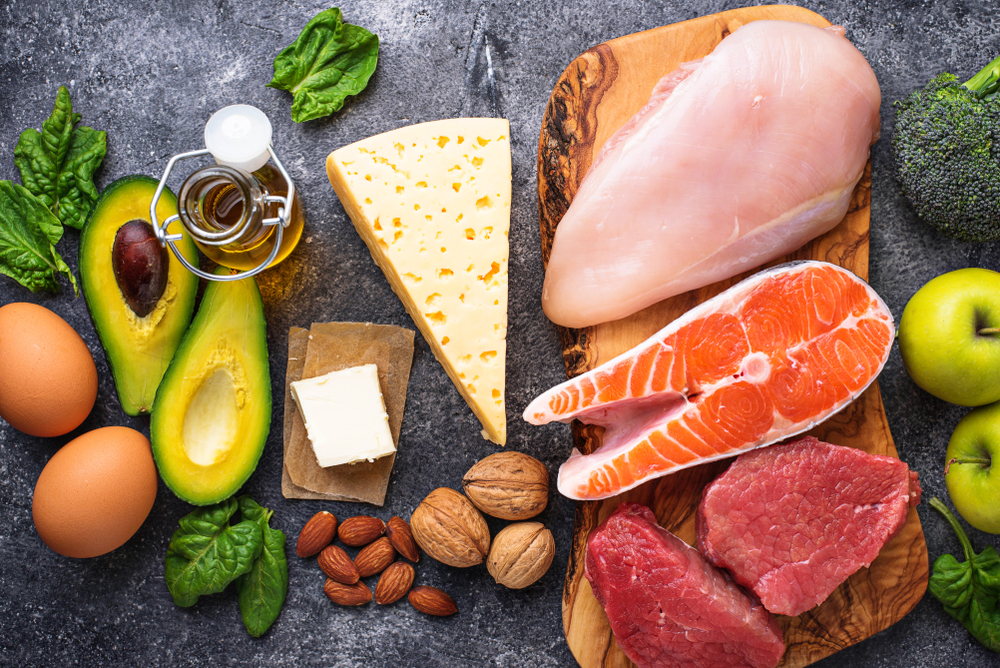Understanding the Basics of the Atkins Diet
The Atkins diet is a low-carb, high-fat eating plan developed by Dr. Robert C. Atkins that promotes weight loss and improved health. It involves four phases, starting with strict carbohydrate restriction and gradually increasing carb intake to maintain weight. The diet emphasizes healthy fats, proteins, and vegetables while avoiding sugars, grains, and processed foods. Recent research suggests saturated fats may not be harmful, and many users report positive health markers. Suitable for those seeking a flexible, effective approach to weight management and metabolic health.
Understanding the Basics of the Atkins Diet
The Atkins diet is a popular low-carb eating plan aimed at promoting weight loss. It emphasizes consuming foods rich in protein and healthy fats while significantly limiting carbohydrate intake. Developed by Dr. Robert C. Atkins in 1972, this diet has gained worldwide popularity and is often compared to other low-carb approaches. Many individuals find it effective for shedding pounds and improving health markers such as cholesterol and blood sugar levels. While initially criticized for high saturated fat content, recent research suggests saturated fats are not necessarily harmful, and the diet may offer health benefits for some individuals.

The diet's high-fat approach was once viewed skeptically by health authorities due to concerns over saturated fat intake. However, new evidence indicates that saturated fat may not pose as many risks as previously thought. Many followers report improvements in cholesterol, triglycerides, and blood sugar levels after adopting the Atkins plan. Despite its high fat content, most individuals do not experience significant increases in harmful LDL cholesterol, though some may see a rise. The diet's effectiveness largely stems from appetite suppression when reducing carbs and increasing protein consumption.
The Atkins plan is structured into four distinct phases to guide gradual adaptation. Each phase involves specific dietary modifications to reach and maintain your ideal weight. Understanding these stages helps in following the diet effectively and achieving long-term success.
Phase I – Induction
Typically lasting two weeks, this phase restricts daily carbohydrate intake to under 20 grams, focusing on high-fat, high-protein foods, and low-carb vegetables like leafy greens.
Phase II – Balancing
After the induction phase, gradually add nuts, more vegetables, and small portions of fruits to your diet to find your personal carb threshold.
Phase III – Fine-tuning
As you near your target weight, increase carbohydrate intake slightly to slow weight loss and stabilize progress.
Phase IV – Maintenance
In this final phase, you can enjoy healthy carbs without risking weight gain, establishing sustainable eating habits.
While the phased approach may seem complex for beginners, it is flexible enough to adapt based on individual needs. Avoid foods such as sugar, trans fats, grains, legumes, high-carb vegetables and fruits, processed low-fat foods, and diet products. Instead, focus on consuming healthy fats, nuts, seeds, full-fat dairy, eggs, non-starchy vegetables, fatty fish, seafood, and meats.
Disclaimer: Our blog provides diverse information to help readers make informed choices. However, articles should not be seen as definitive medical advice. The editorial team is not responsible for discrepancies or inaccuracies. Readers are encouraged to consult with healthcare professionals before making significant dietary changes.








